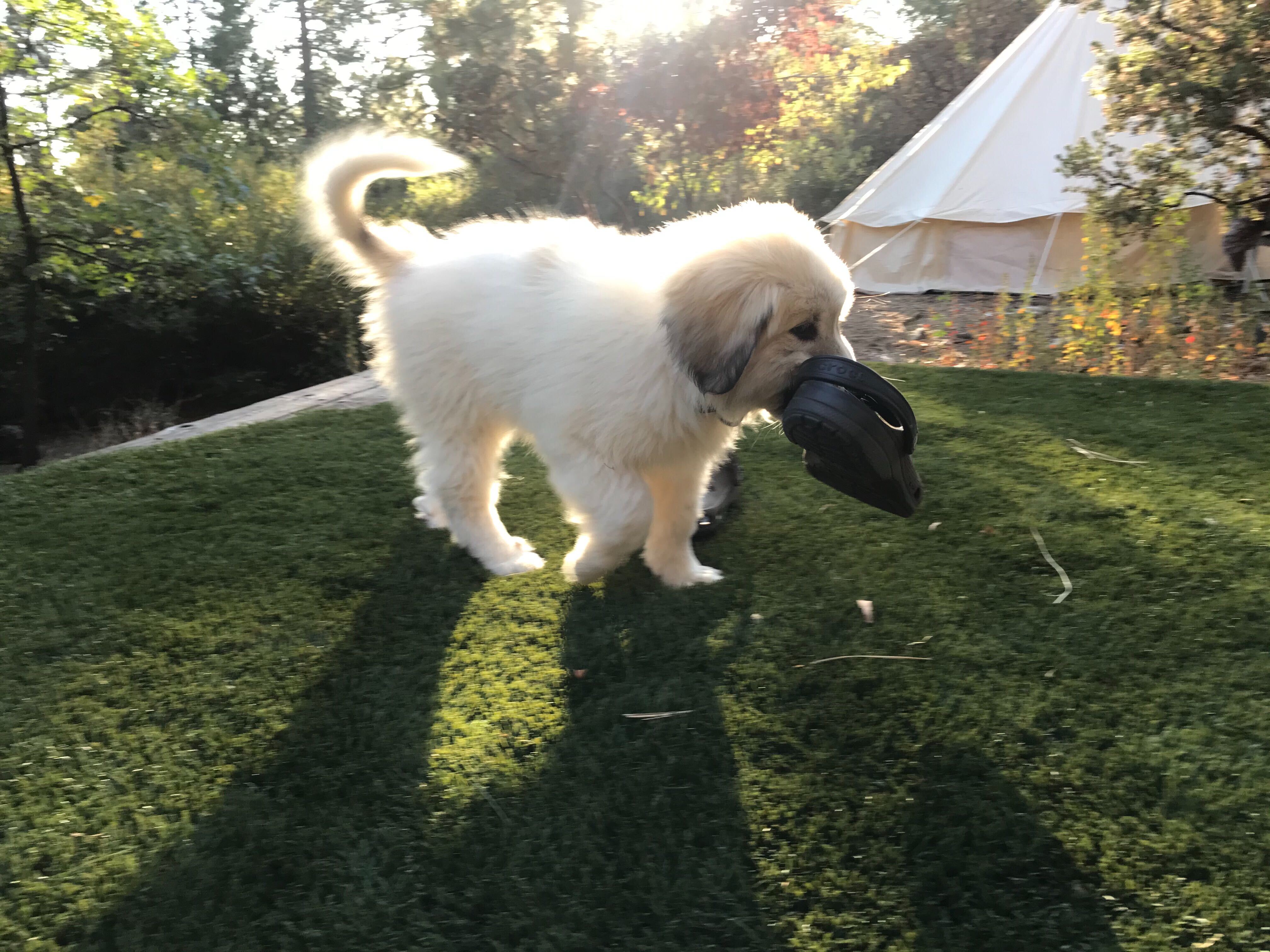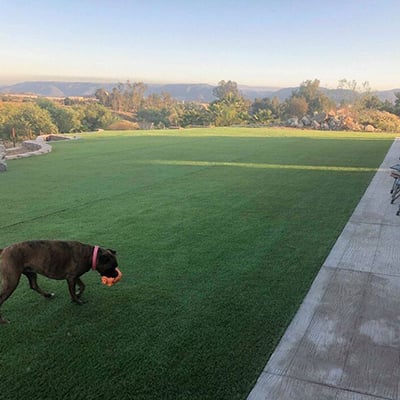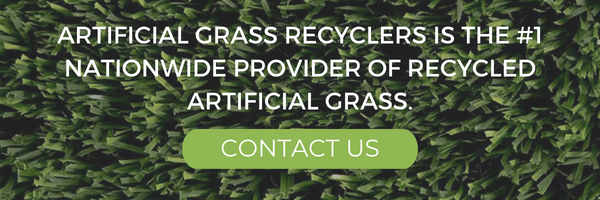If you run a dog shelter, you know how demanding maintenance can be. Here are 10 ways cheap artificial grass can help.
Few businesses could benefit from artificial grass as much as a dog shelter. Why? It is the ideal surface for dog environments. It’s able to stand up to the intensity of a number of shelter dogs playing, running, and toileting without the same problems that come with real grass. Used artificial grass also offers all of the same benefits, but for a fraction of the price. This is an important factor if a dog shelter is operating on a tight budget.
Read on to learn additional reasons why used artificial grass is great for dog shelters.
1. It’s easy to clean
A quick spray with a hose is the only general maintenance artificial grass needs.
Depending on how many dogs a shelter has, this can be done a few times a day or week. For tougher messes, a sponge mop in a bucket of water with some eco-friendly dish soap will do the trick. If there are lingering odors, simply spray on a mix of vinegar and water or use an eco-friendly cleaner.
2. It makes a good potty patch
When it comes to toileting, dogs usually like to go in the same spot.
This can damage natural grass, leaving discolored patches and spots on the area. Now, multiply that by how many dogs are in a shelter, and it’s easy to see how fast real grass would be ruined. Artificial grass doesn’t discolor when exposed to pet waste, so the whole area will continue to look fresh and green no matter what.

3. It makes less mess
Dogs like to dig, especially untrained dogs in a shelter who are stressed.
With so many dogs in one place in a shelter, this could leave an outside grass area a huge muddy mess. Add some rain on top of that and it may get even worse. Messes like these are something you don’t have to worry about with artificial grass. Shelters can give dogs a space to run around and play without worrying about muddy paws and puddles of mud in the middle of their play area.
4. It reduces exposure to fleas and ticks
Fleas and ticks hide among natural grass, waiting for a dog to come along.
These pests can’t live in the blades of artificial grass, making it a much safer environment for shelter dogs. This also gives them a much better chance of finding a forever home since people are more likely to adopt a dog without an ongoing flea problem or medical issue due to a tick bite.

5. It eliminates the need for chemicals and herbicides
Natural lawns aren’t easy to maintain. Often, a lot of work has to be put in to help them stay green and healthy looking. It’s not always easy to do this without using fertilizer, pesticides, herbicides, or general weed killers. These chemicals are harmful to pets and can potentially even cause serious problems depending on the size and breed of the dog. Artificial grass will never require any chemicals and will save shelter pets from many potential health problems.
6. It saves water
Lawns need water and shelters can’t always rely on rainfall to keep their outdoor grass areas healthy. People waste a lot of water on their lawns and a shelter trying to maintain a real lawn is no exception. It would actually be more difficult because a grass yard in a shelter would get a lot more traffic than the average front lawn!
If the shelter is also located in a geographical region where drought is common, the great thing about artificial grass is that there’s no need to water it. This not only helps save the earth but also saves the shelters significant amounts of money on water bills.
7. No need to worry about allergies
Believe it or not, dogs suffer from grass allergies just like people. Not all dogs are allergic, but in a shelter situation, the changing population makes it even more important to be prepared. Grass allergies are caused by pollen, and the pollen doesn’t even have to be inhaled. For a dog with an allergy, simply coming into contact with it on the skin can be enough to cause a reaction. Artificial grass eliminates this risk for dogs and people alike. Because it isn’t natural, there’s no pollen to worry about and nothing to trigger a reaction.
.jpg?width=877&height=658&name=Artificial-Grass-Recyclers-Installation-Photos-46%20(1).jpg)
8. It doesn’t require a lawn mower
Lawnmowers are surprisingly bad for the environment. Not to mention the time and manpower needed to maintain a real lawn might be a lot for a non-profit dog shelter to handle. With artificial grass, there’s never any need to mow which saves time, money, and the environment.
9. It allows staff to spend more time with the dogs
Maintaining real grass takes a lot of time, money, and energy. In a place like a dog shelter, there is always going to be something better staff can be doing other than putting in the time to maintain a lawn. Playing with the dogs, working on publicity, getting donations, and trying to find forever homes are all much better ways shelter staff can spend their time and energy.
10. It saves money
The initial financial investment in used artificial grass is significantly lower in comparison to purchasing new artificial grass. Not only that but, in the long run, artificial grass will save the shelter money. There’s no reason to buy chemical pesticides, herbicides, or fertilizers. The water bills will be lower. Less money will be spent on allergy medication and the risk of high veterinary bills from health problems caused by chemicals will be eliminated. The shelter can even save money on labor because they won’t have to pay anyone to do lawn work.
It’s easy to see that artificial grass is a cut above the natural alternative. For dog shelters, used artificial grass is a perfect choice. It’s great for the environment because it causes less waste. Plus, it’s a budget-friendly option for a non-profit business that’s main focus is to make the world a little better for deserving, adorable dogs.
Oct 5, 2017 2:00:41 AM



